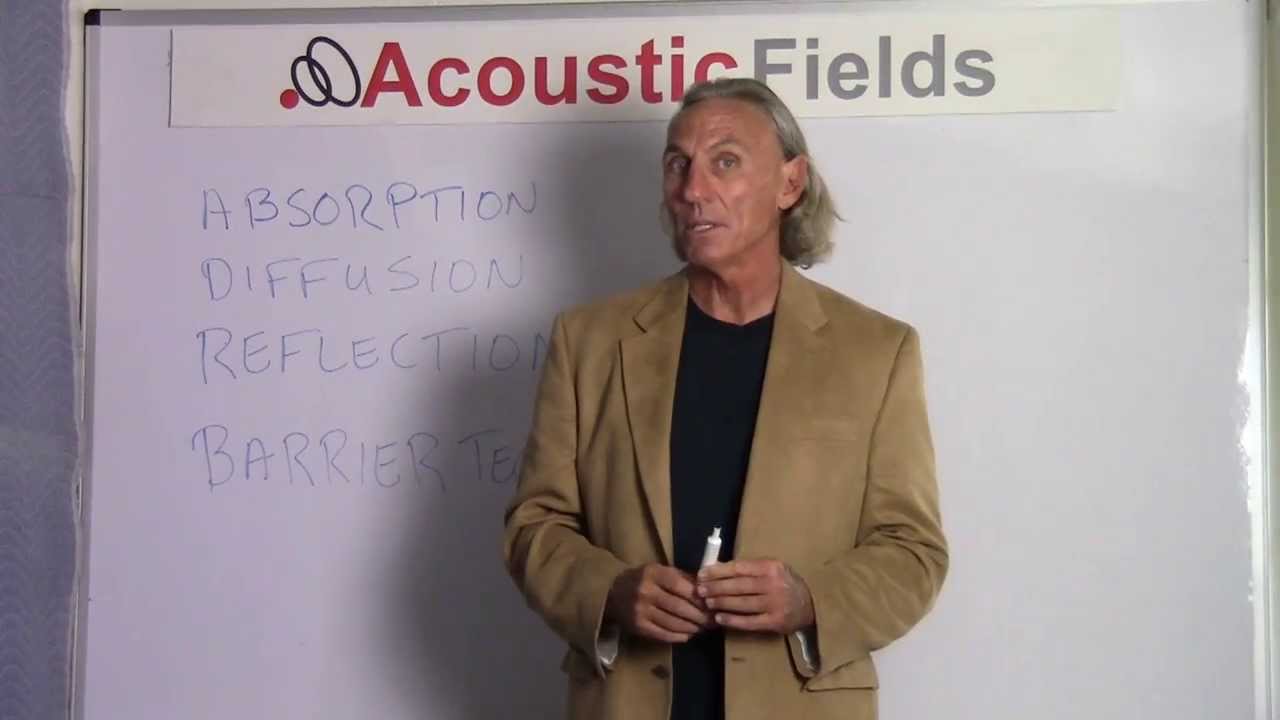Barrier technology is all about noise. It is about keeping the “noise” inside our music rooms from escaping to other rooms and it is about keeping the “noise” of the world out of our music rooms. The quickest way to accomplish this is to put up a barrier between the source of the noise and yourself or room. This is much more difficult to do than its sounds and in the following video I explain why this is so.
Vibrational Signatures
In the video, I discuss the nature of vibration control when it comes to barriers. I show you how different materials are arranged and how this arrangement must be done in a manner that addresses the vibrational signature of the noise and its ultimate reduction through proper design and build. I will show you how vibrations move through materials and why the density and composition of these materials must be arranged in a manner that deals with vibrational control and not sound energy. Sound energy starts the process but vibrational control produces the result and the sound attenuation process.
Why Would You Employ Barrier Technology?
Barriers to noise must be carefully planned and executed. barriers must deal with sound energy that strikes them and is then converted to vibrations. Materials that make up your barrier must be chosen, so that they reduce the vibration down to minimal levels before the energy reaches the other side. The assembly and installation of those materials must be done in a manner that isolates the barrier from the existing structure and also takes into account the frequencies and levels of noise you are dealing with.
Two Types Of Barriers
Barriers are broken down into two types based on the energy frequencies they are addressing. barriers that deal with energy below 125 Hz. are different in construction, material types, and installation methods than barriers who purpose is to block energy above 125 Hz. Density of materials and their vibrational relationship to each other are critical if you are to build a barrier that will actually attenuate the sound energy you need to reduce.
Measure, Measure, Measure
All noises are not created equal and you must measure the strength of your noise issue and determine what frequencies are producing it. Once you have measured the total issue, then and only then can you select what barrier technology to employ. Measuring must be done because building barriers leaves no room for error. You do not want to spend thousands of dollars to build a barrier and find that it does not attenuate the frequencies you need reduced in strength. Once the barrier is built, your options are limited.
In Summary
I hope this explanation helped. Please leave any comments below so I can get back to you. Don’t be afraid to hit those Facebook like, Google+ and Twitter buttons on the left hand side so other people can see this post. And if you want to learn more about this subject please sign up for our free room acoustic treatment videos and ebook which provide step by step instructions. Get instant access by signing up now.
Thanks
Dennis








One Comment